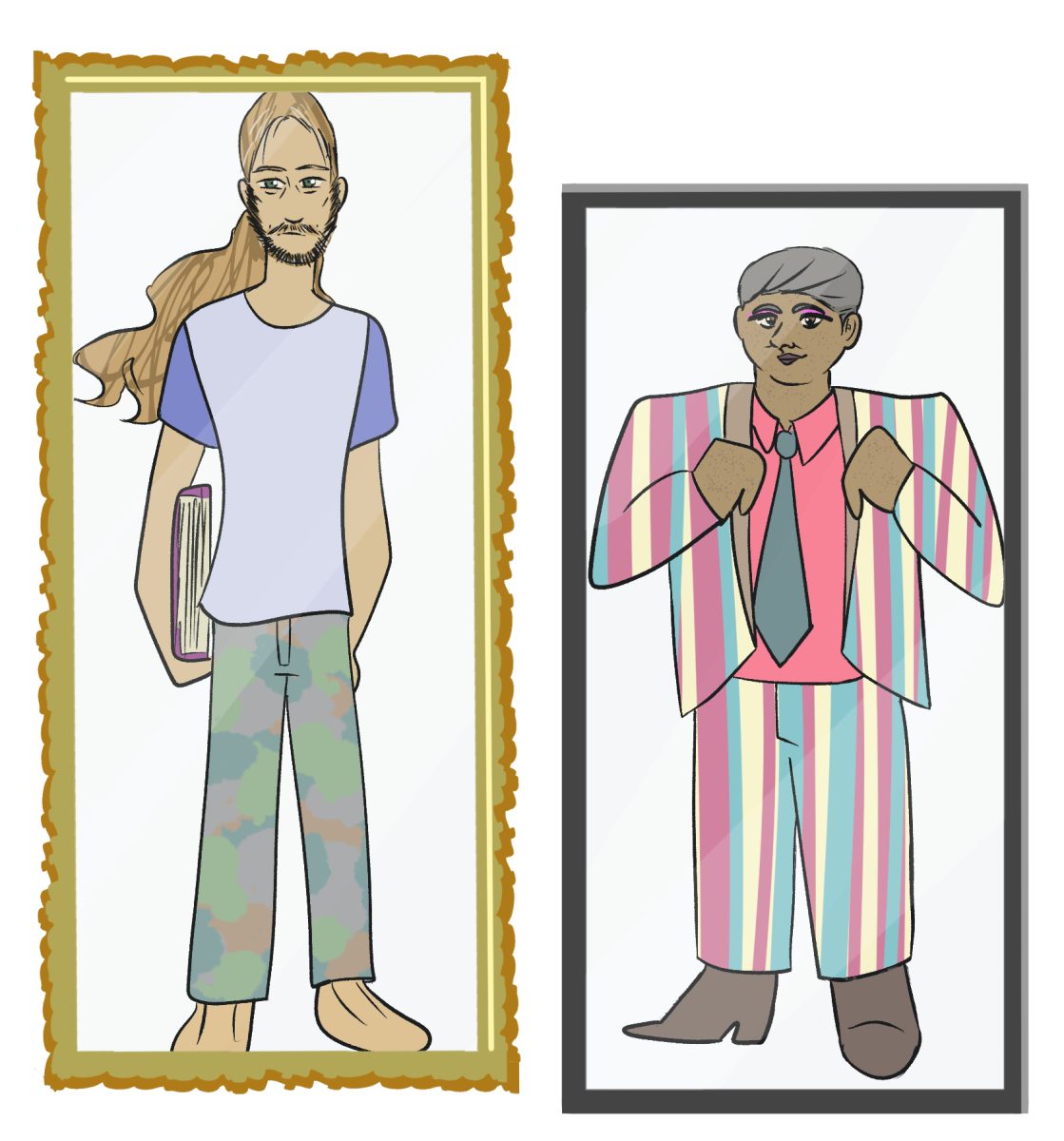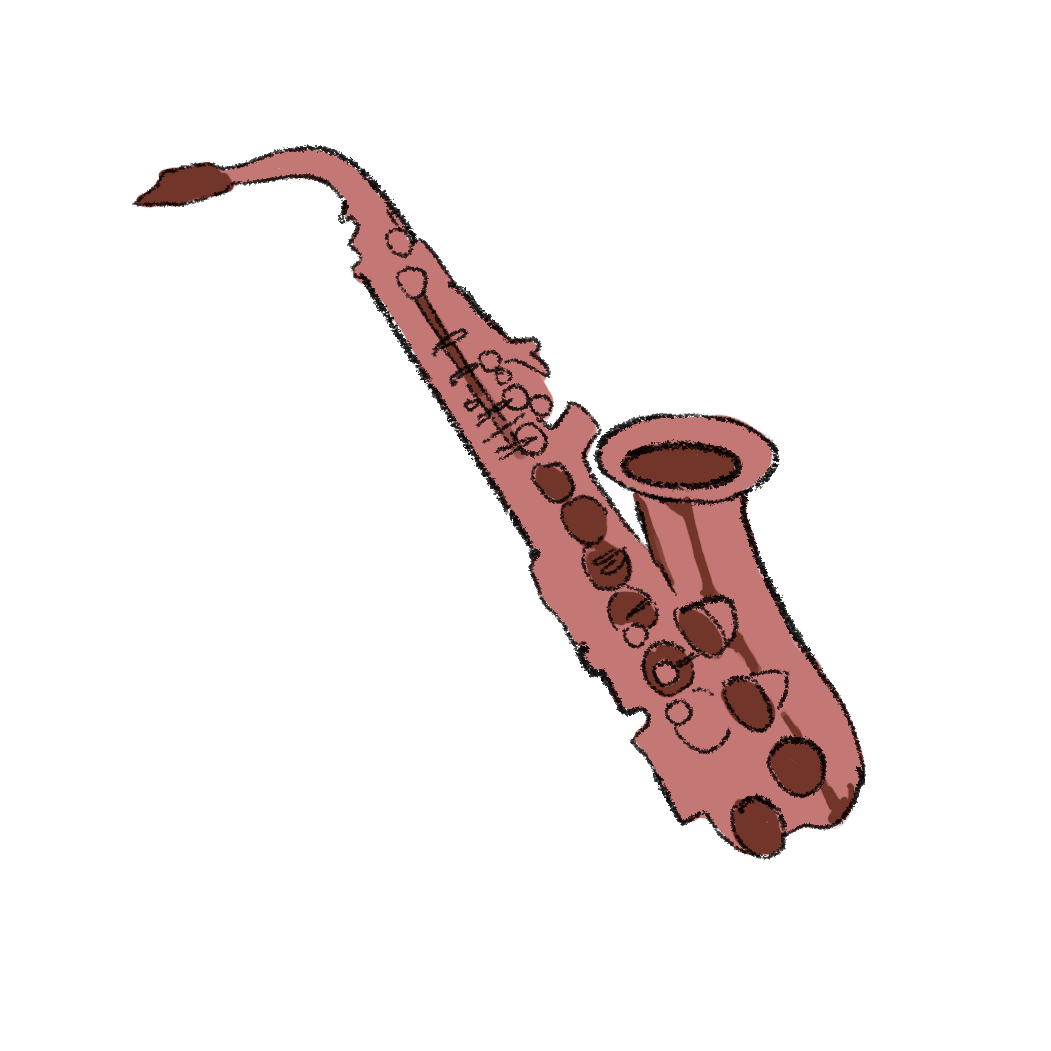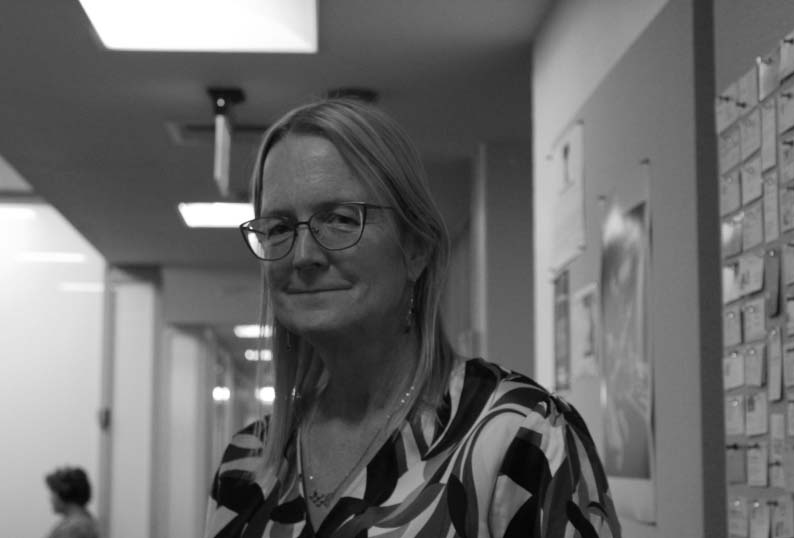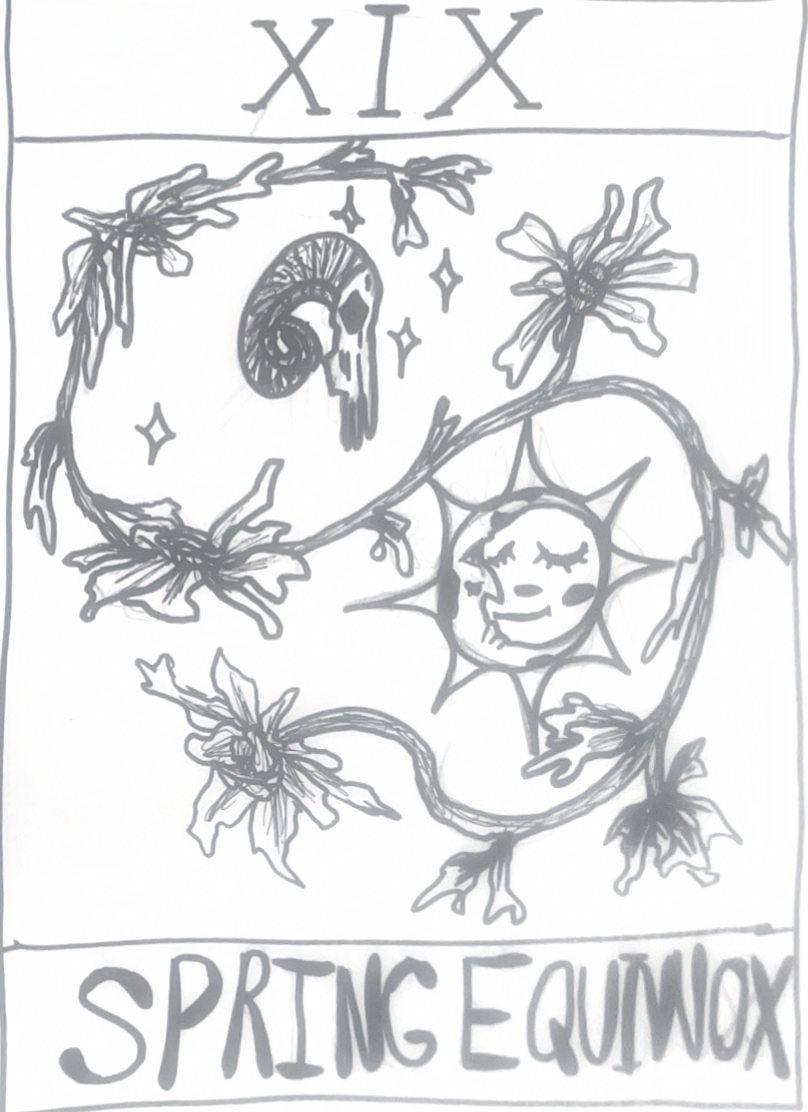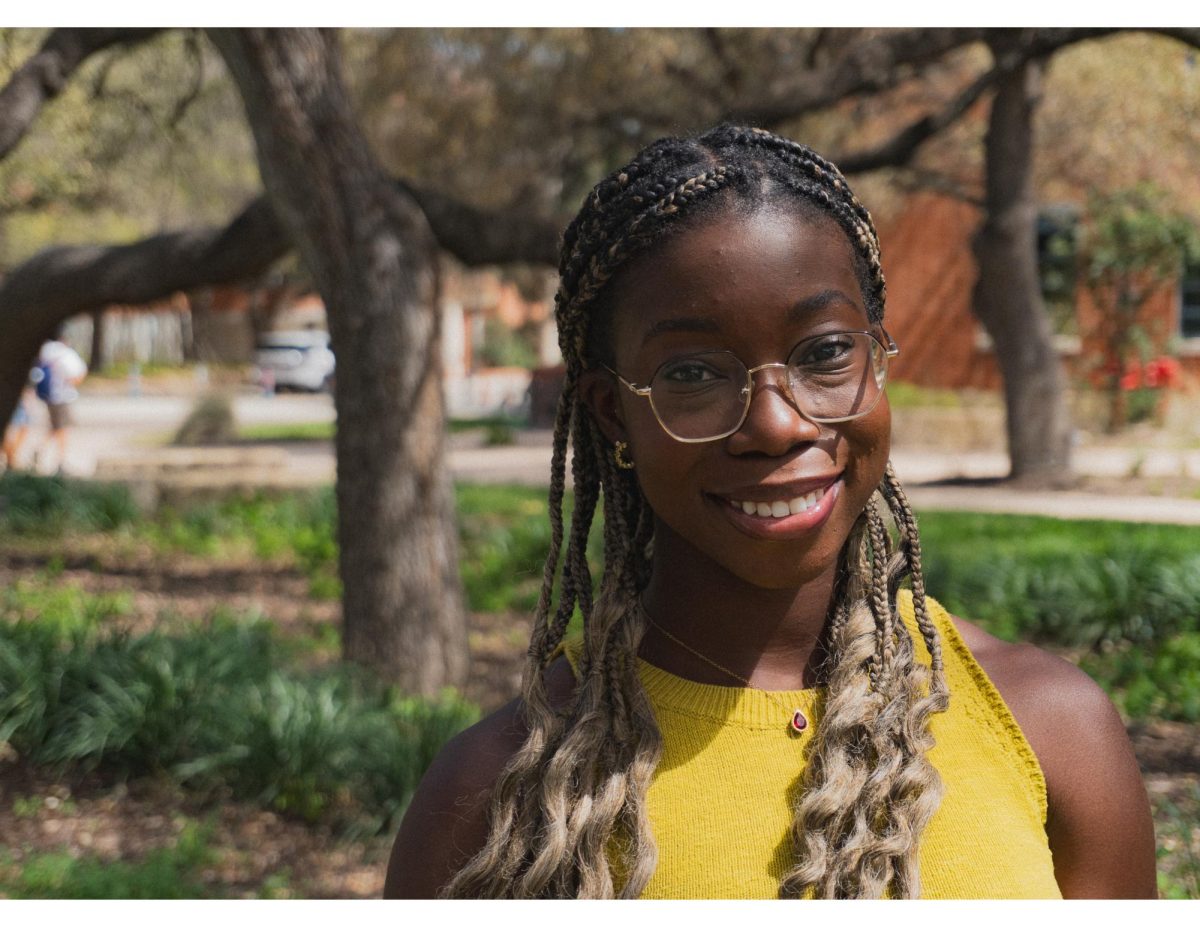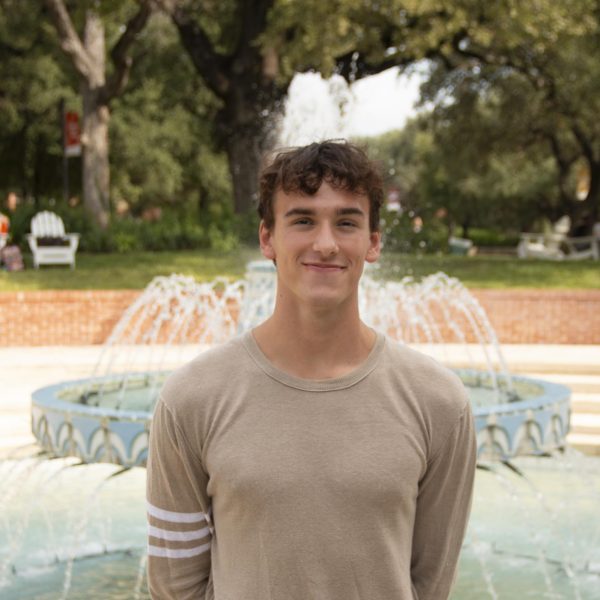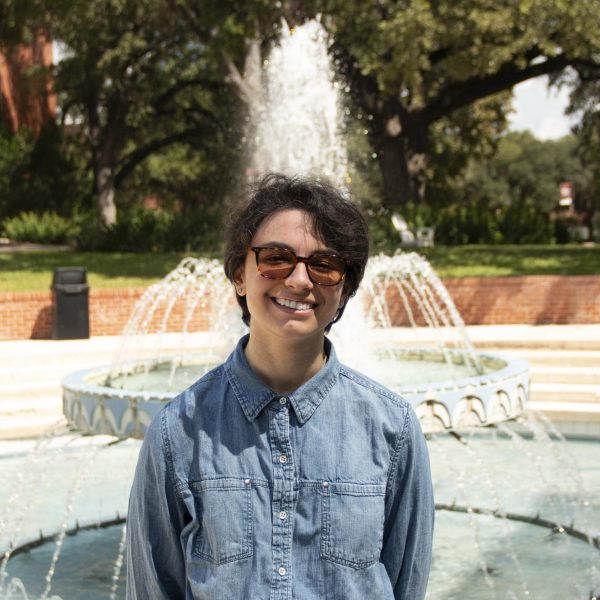Trinity University does not outline a dress code for faculty in the 2024-2025 Faculty Handbook, granting faculty the liberty to wear whatever they want.
John Clark Holmes, first-year biochemistry major, pays attention to what his professors are wearing. He said he believes what professors wear matters.
“The professors do not need to be fashionistas, they just need to look professional,” Holmes said. “Once you get to college, students have the choice of whether they want to go to class or not, and it genuinely contributes to the ethos of the professor to have professional style at least, to look like they try to be there, to engage kids a little bit, to make it seem like its a real class.”
Holmes said that most professors at Trinity wear casual clothing. He explained that he respects professors because they have a higher level of education, but that formal wear makes him respect them even more.
“The more formal the attire the professors are wearing, the more academic and formal their tone is,” Holmes said. “Not in a cold way, they are still very warm. But some of the terminology that they use is definitely a bit more elevated. I think it is just different stylistically.”
Holmes said humanities professors’ dress choices may be part of their creative expression. He noticed that his psychology professor rolls his sleeves, which he said is less formal. He said he has observed a shift towards more informal work environments.
“What matters the most is how you talk to students,” Holmes said. “I think that formality is a good trick to add to your ethos, but it is a detail that just aids your teaching if you want it to. It is not do or die.”
James Ivy, lecturer in the religion department, graduated from Trinity in 1978 — a time when professors dressed differently. He explained that during his time as an undergraduate, professors wore professional attire. However, he said that there is a greater variety today.
“I don’t have to think, ‘Oh I’m going to work today,’” Ivy said. “I don’t think a lot about it. I am dressing for comfort. I don’t think I’ve worn anything but sneakers for the last, well, since before the plague.”
Ivy first started teaching at Del Mar College, where many of his students were older than him.
“I wore a tie so that when I walked in the room it would signal the professor is here because otherwise they wouldn’t notice,” Ivy said. “I didn’t do it to gain control of the room, it seemed like the polite thing to do.”
Ivy said that he believes the students may be amused by what he is wearing, but they will not judge him for it. He has not witnessed a professor get dress-coded.
“I’ve heard from women that they have limited choice. Especially younger colleagues,” Ivy said. “I do see younger colleagues — tenure-track colleagues who are not tenured — are not going to be as casual about what they choose to wear. They have to look professional, I think that’s both women, men and non-gendered colleagues. They have to think about this stuff.”
Joseph Stinn, visiting assistant professor of economics, said he usually wears a button-up shirt or a jacket with chinos or khaki pants. He cited comfort and the temperature as primary considerations for clothing choice.
“If anything it is probably a little bit more informal today because of COVID, and people got used to working from home and dressing more casually there,” Stinn said. “I don’t want to wear a full suit or anything, but I want to be a little bit dressed up, because I am professional, I am teaching. Somewhere in the middle.”
James Maxey, lecturer in the departments of finance and business analytics, said he wears no coat and tie, because he does not want to create a barrier between him and his students. He explained that what you wear shapes relationships with students.
Stinn, in contrast to Ivy, did not dress differently when he first began teaching. Stinn first taught at Miami University in Ohio.
“Here and at Miami I was never told: ‘These are the expectations for how you should dress.’ You get a feel by looking at how people in the department dress — and it is not a formal expectation — but just informally, what the expectations are,” Stinn said. “When you start any job, it does not have to be academic, you look around to see what the norms and expectations are. People dress business casual here. It seems like if you do that here you are fine.”

